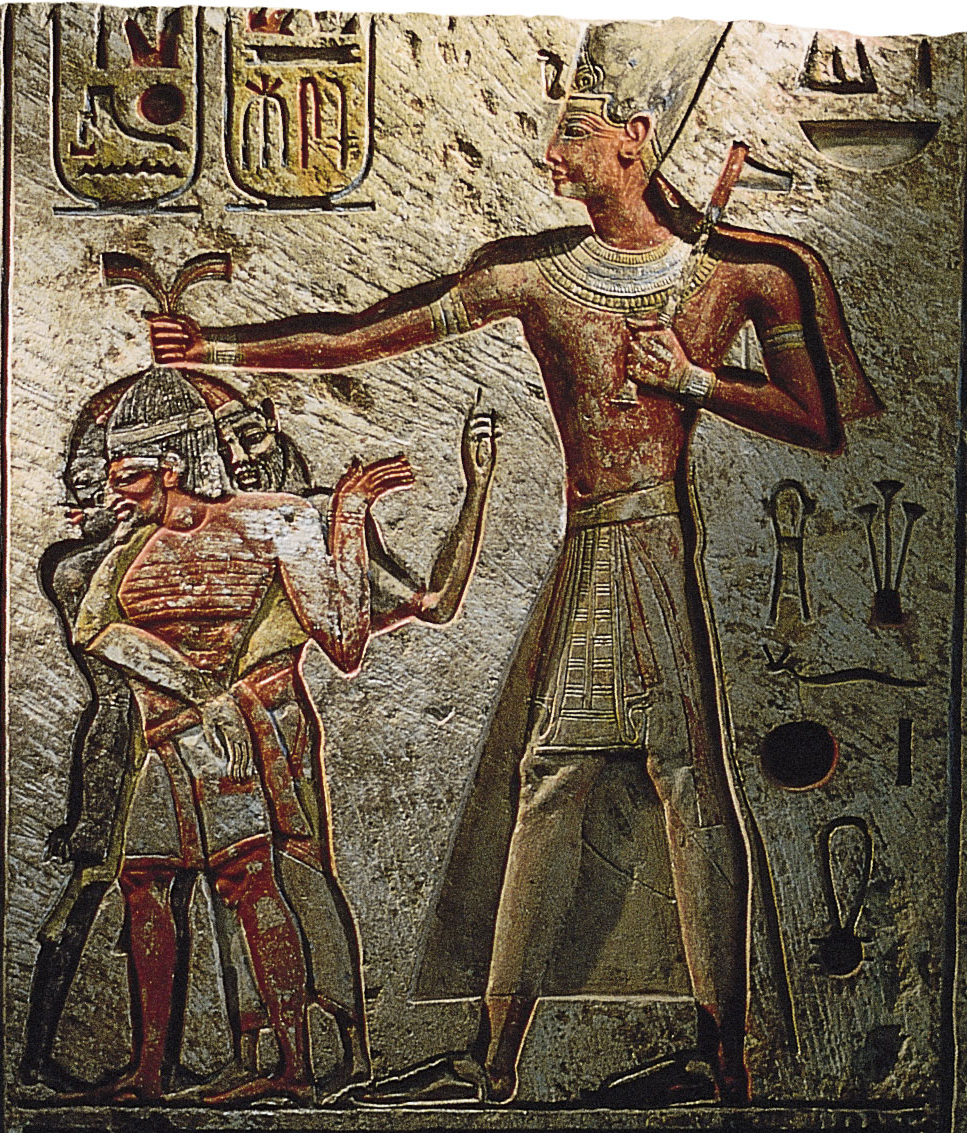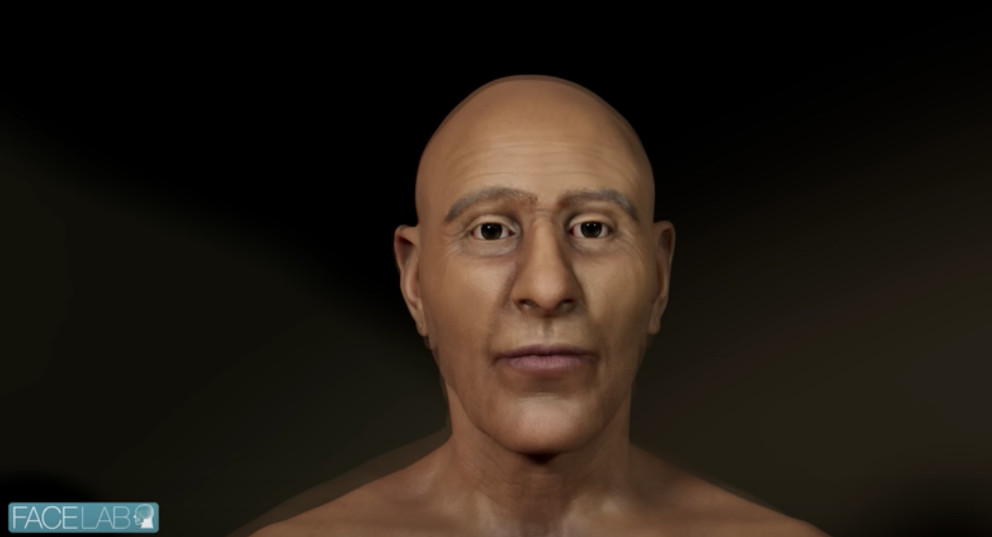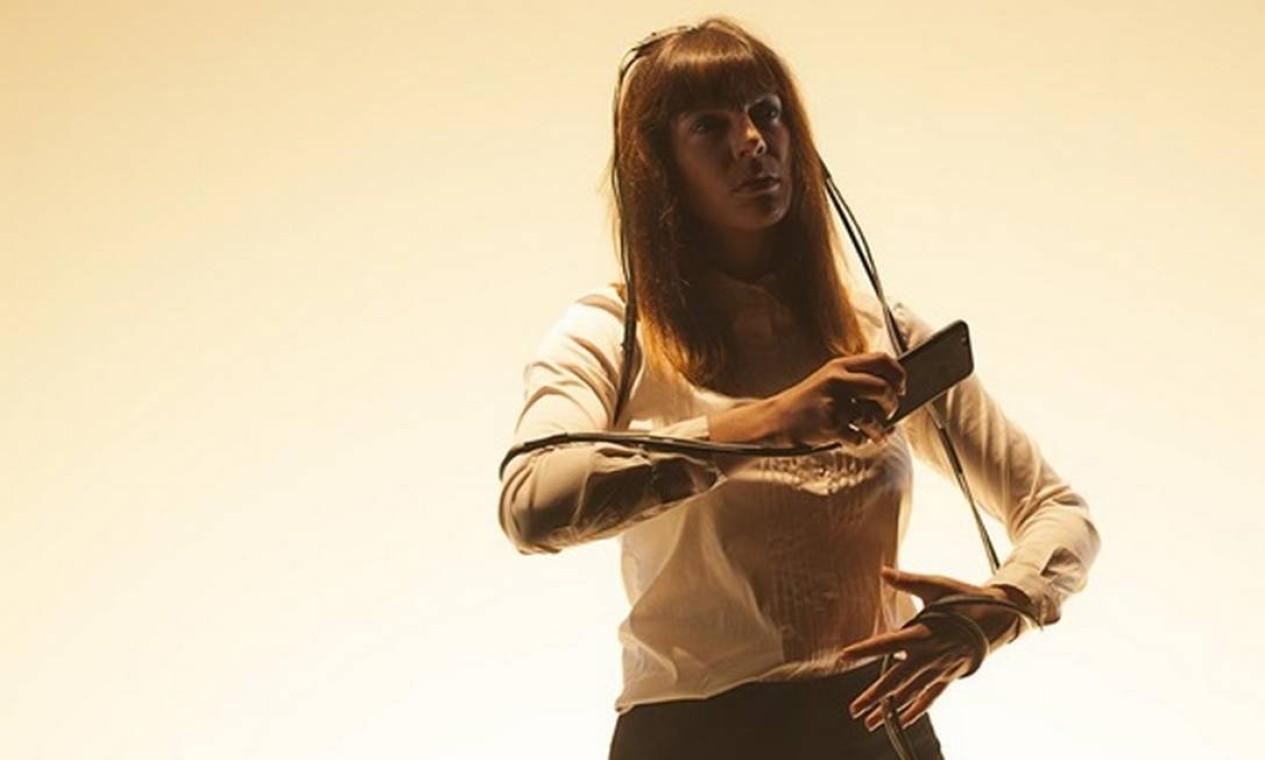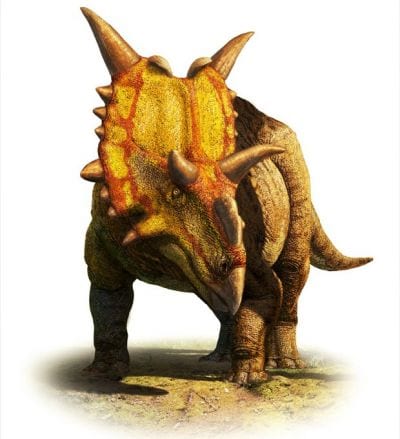What would be the face of the pharaoh who reigned over ancient Egypt during the Exodus biblical? In an attempt to answer the intriguing question, scientists have reconstructed the face of Ramesses II, the possible ruler at the time.
They used available technology to unravel the characteristics of the pharaoh. With computerized tomography software, which enables accurate facial reconstruction, the the scientists say they can reveal face of ancient Egyptian ruler at 45 and 90
Led by Egyptian scholars and Englandthe joint project has “digitally unwrapped” the mummy of Ramses II, allowing historians to observe the famous pharaoh for the first time at the time of his death at the age of 90.
The old pharaoh Ramses II, depicted in a process of reconstruction. (Screenshot/YouTube/Face Lab LJMU)
The Times of Israel report explains that experts were able to tell the difference between the skull and other materials used during the embalming process and produce 3D pictures of the skull. The face was then reconstructed using Egyptian measurements of the facial muscle layers.
Professor of Radiology at Cairo University, Dr. Sahar Saleem, was part of a team that succeeded in scientifically reconstructing the face of the Egyptian ruler Tutankhamun (circa 1341-1323 BC).
“Putting a face to King Tutankhamun’s mummy will humanize him and create a connection between our world and his, while restoring his legacy,” she said.
With the help of Canadian sculptor Christian Corbet, the team was able to convert a 3D model based on Saleem’s scans into a realistic sculpture of Tutankhamun’s face.
mummies
Saleem, who has scanned more than 40 CT scans mummies throughout his career, explained how scientific work is done:
“The software identifies the properties of the different layers of materials on the mummy’s face, such as overlapping linen bandages, and enables the digital unwrapping of the pharaohs,” Saleem, who led the project, told AuntMinnieEurope. com.
“Different populations and ethnicities have different average measurements in various regions of the face, including the slope of the forehead and the nasal, cheekbone and labial regions,” she said. “The most scientific approach is to use measurements from a population as close to your subject as possible – that’s what we did.”
According to Caroline Wilkinson, director of the Face Lab at Liverpool John Moores University, the reconstruction process involved a “computed tomography (CT) model of the skull” and a “pre-modeled database of facial anatomy that we imported then modified to fit the skull.”
Beautiful face’
During the work, the imaging specialists reversed the process of aging and revealed the face of the sovereign at the age of 45. See the video :
“Visualization of fine facial features such as ear piercings and hairstyles has also been made possible by modern image reconstruction software,” Saleem said.
According to Caroline Wilkinson, director of the Face Lab at Liverpool John Moores University, the reconstruction process involved a “pattern of tomography (CT) scan of the skull” and a “pre-modeled facial anatomy database that we import and then modify to fit the skull”.
“We all have more or less the same muscles from the same origin with the same attachments,” she explained.
The result, according to Saleem, was the face of a “beautiful” pharaoh.
“I believe the reconstructed face is that of a very handsome Egyptian, with the characteristic facial features of Ramses II – a pronounced nose and a strong jaw,” Saleem said in a statement quoted by the Daily Mail.
Exodus
Ramses II (1303-1213 BC) is commonly associated with the figure who was in power during the biblical book of Exodus, which tells the story of the Israelites leaving Egypt after years of slavery, under the leadership of Moses. The reign of Ramesses II marked the final height of Egypt’s imperial power.

“King Ramses II was a great warrior who ruled Egypt for 66 years…Bringing Ramses’ face to life in his old age and as a young man reminds the world of his legendary status,” Saleem said.
Dr. Saleem said the reconstructions could help restore the pharaoh’s humanity.

“Pop culture fan. Coffee expert. Bacon nerd. Infuriatingly humble communicator. Friendly gamer.”







